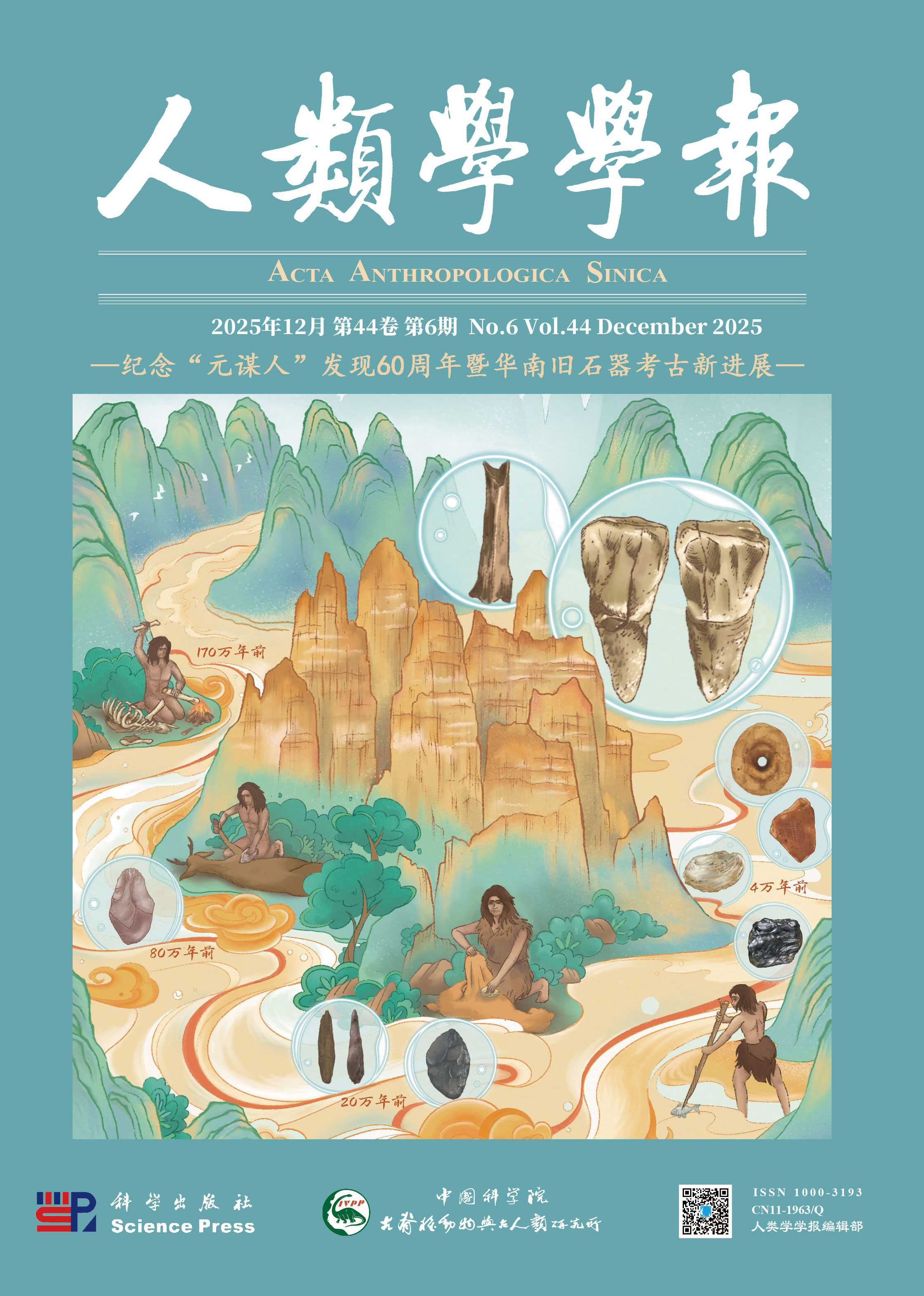The Xigouwan Paleolithic Locality 1(XGW1) is situated in Zhuwoyuan village, Guanting town, Huailai county of Hebei Province. The Paleolithic remains are mainly buried in the second terrace of the right bank of the Yongding River. This Paleolithic locality was excavated from August to September, 2015. The excavation exposed an area of 27 m2, and 232 stone artifacts and 19 mammalian fossils were unearthed. Most mammalian fossils consist of burned bones that cannot be identified because of their small size. Although there was no hearth found, many charcoal chips and burned bones unearthed still indicate the use of fire.The lithic assemblage of XGW1 includes cores (n=8; 3.4%), flakes (n=141; 60.8%), chunks (n=68; 29.3%), a hammerstone (n=1; 0.4%) and pebbles (n=14; 6.1%), but there were no retouched pieces found. The general features of these artifacts can be summarized as follows:a) Raw materials for stone knapping are mainly trachyte, accounting for 97.8%, and there is only a small amount of trachyandensite and andesite. Comparative study shows that the local raw materials should have been exploited.b) On the whole, most stone artifacts are small in size, and the micro and medium-sized pieces only account for a certain amount, and large specimens are very few.c) The principle flaking technique was direct hard hammer percussion. Although there are only 8 cores, the overall reduction of these cores is relatively high according to the number of platforms and flaked surfaces, the proportion of remaining cortex, and the platform angles. Most complete flakes were produced from non-cortical platforms, and the relatively high percentage (60%) of type III and VI flakes indicates that many whole flakes represent continuous flaking of the core.The typological and technological characteristics of stone artifacts show that they belong to a flake tool technological system. It can be inferred from the excavation and the analysis of the stone assemblage that XGW1 is most likely a short-term factory site. The AMS Carbon-14 dating results show that XGW1 can be dated to the late Paleolithic (Cal 41997-41186 BP).Located in the northeast of the Nihewan basin, the Huailai basin is an important area and channel for human migration and technological communication during the Pleistocene. However, for a long time, only a few scholars have organized for several Paleolithic archaeological surveys in Huailai basin. Fewer archaeological excavations have been conducted, and so far there have been no related archaeological excavation reports published. The Xigouwan Paleolithic locality 1 is not only an important part of the “Grand Nihewan” archaeology, but the report on its excavation also provides valuable information for the study on technological development and communication, human migration and adaptation in the Yongding river drainage area.









